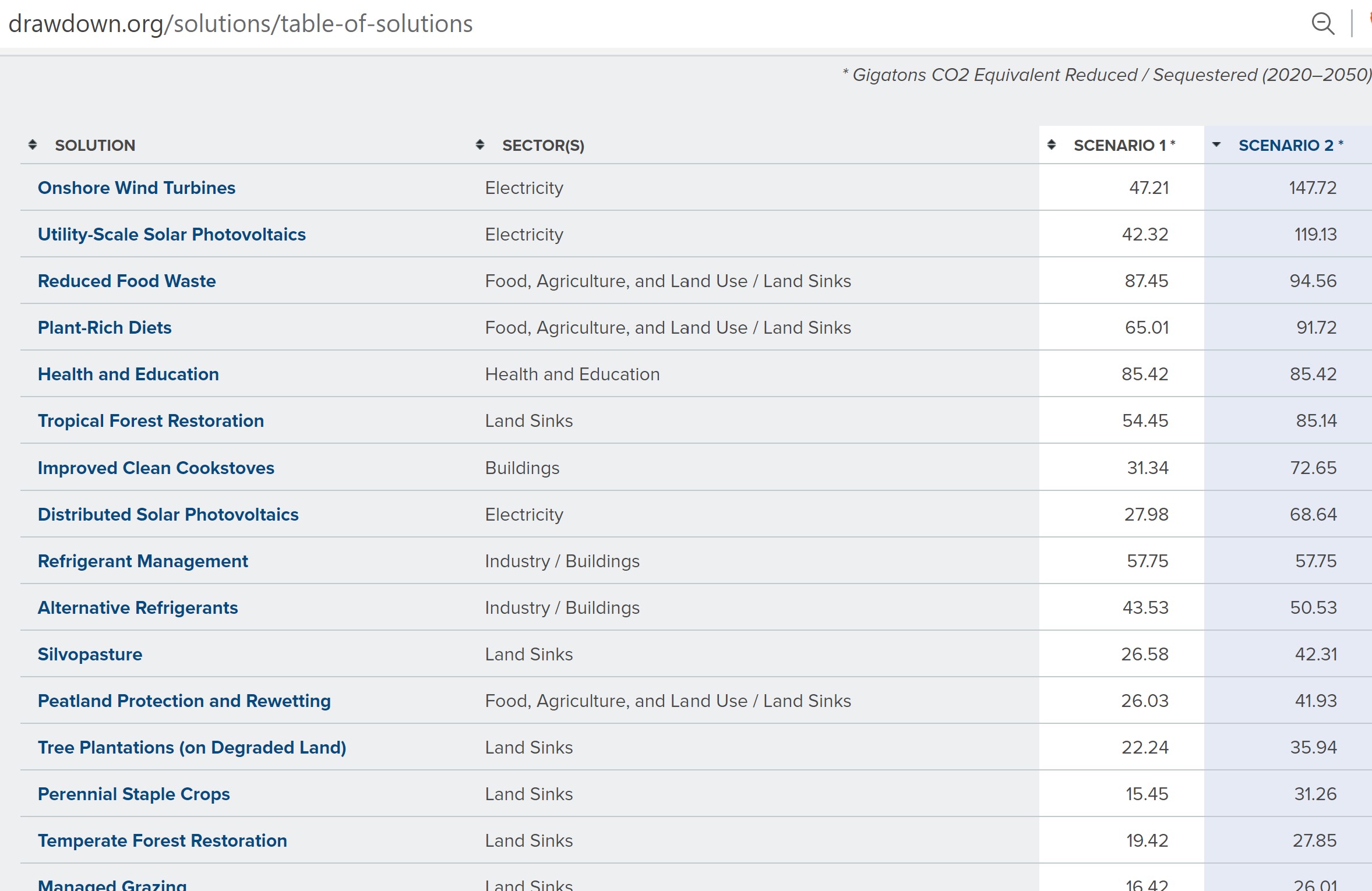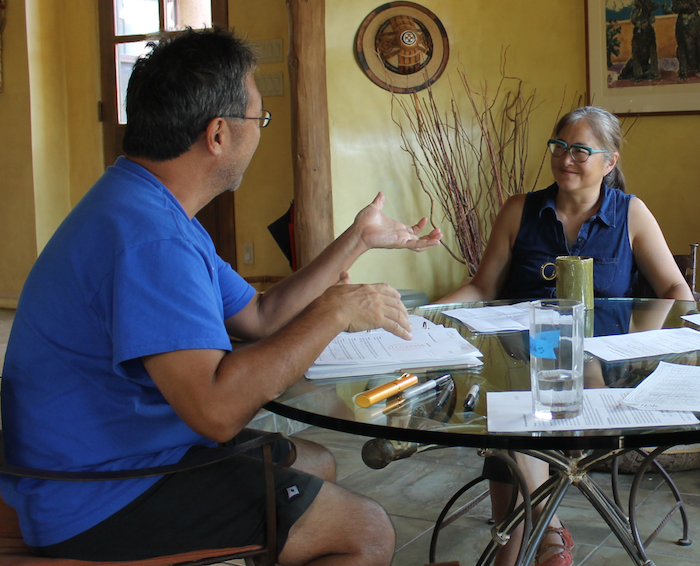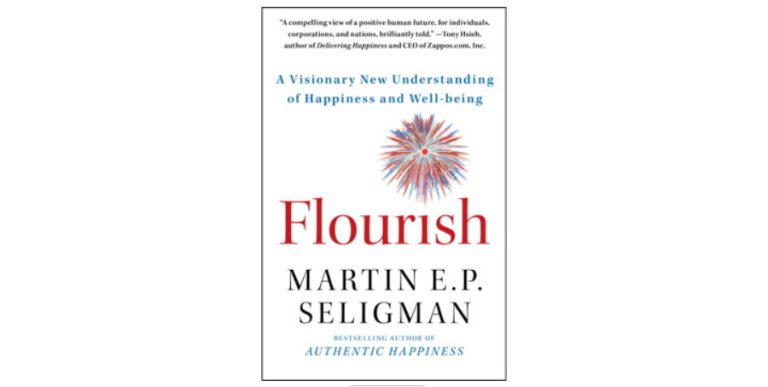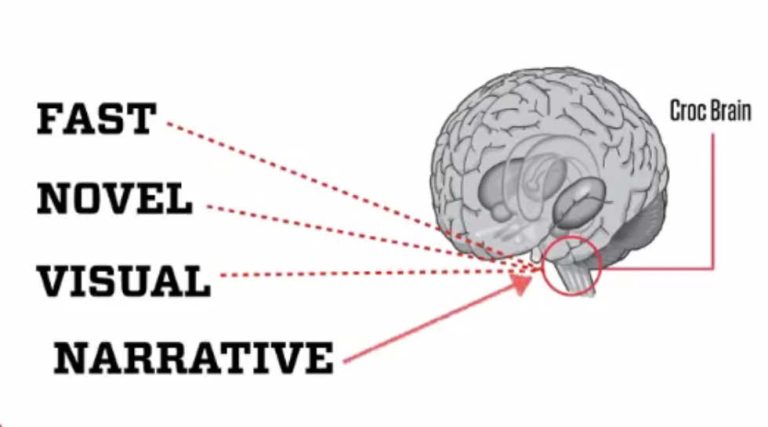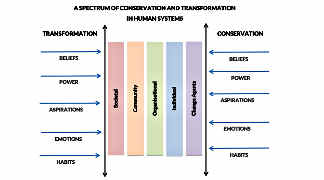Opportunity scanning for entrepreneurial regenerative thinkers
There is an increasing number of reports about the existing solutions for the environmental issues resulting from 20th century industrial design. (I catalogue the ones I find interesting here).
Read with your “opportunity glasses” they can help you spot places to make a difference.
My particular favourite at the moment is Project Drawdown’s analysis and modelling of 80 commercial solutions for reversing global warming. Their first report was published in 2017, followed by an updated in March 2020.
The Drawdown work is particularly useful for entrepreneurial thinkers because because:
- It is about existing, commercial, no-government-required solutions – solutions that have a business case
- It takes a whole-of-economy approach – it isn’t limited to a single sector like electricity or transport
- Each solution (and the key sectors) includes an explanation of the context – so you can extrapolate it into your context
- Their solutions map to 15 of the 17 UN Sustainable Development Goals – so they’re all about “doing well BY doing good”.
The 2020 Drawdown Review includes an online table that you can sort by GHG impact under 2 Scenarios. Sort under the more aggressive scenario and the top 10 are:
- Onshore Wind Turbines
- Utility-Scale Solar Photovoltaics
- Reduced Food Waste
- Plant-Rich Diets
- Health and Education
- Tropical Forest Restoration
- Improved Clean Cookstoves
- Distributed Solar Photovoltaics
- Refrigerant Management
- Alternative Refrigerants
Some of the top 10 are a bit “utility” – but lets explore Food Waste and Solar Photovoltaics.
Food Waste
In Melbourne (Australia) uni student Jane developed an app that allows restaurants and supermarkets to list food about to go to waste for local people to buy. Bring Me Home acts a bit like Tinder, connecting food retailers and consumers.
(EDIT: Sadly, Bring Me Home was a victim of COVID lockdowns in Victoria.)
In the US Full Harvest’s online platform connects farmers with bulk product buyers, allowing them to place and take orders for “rescued” fruit and vegetables that are “surplus” or “ugly.”
In sub-Saharan Africa, Youmma offers a small fridge that’s efficient enough to run on a single solar panel, with an enabling a pay-as-you-go system that makes it affordable even for families living on the most limited budgets
Rooftop Solar
Cooperatives like Indigo Power and Enova Energy are leveraging existing market structures and crowd-funded investment to create energy independence, local jobs, local money stays local
Smart engineers are finding ways to deliver more renewable energy into the big grid by doing behind-the-meter voltage management.
Smart financial brains are creating new financing options to get more solar on more rooftops.
Another renewable energy cooperative is creating solar gardens that supply renewable energy to people who can’t install their own solar.
And of course, solar panels don’t only get installed on rooftops – they can be floated on dams and sewage ponds.
Sources and Resources
Watch your social media feeds for sustainability reports. Subscribe to some reliable, informed online news sources. I find great ideas in sources such as:
If Drawdown speaks to you, download their 2020 Review and you might also like these suggestions on reading it.

